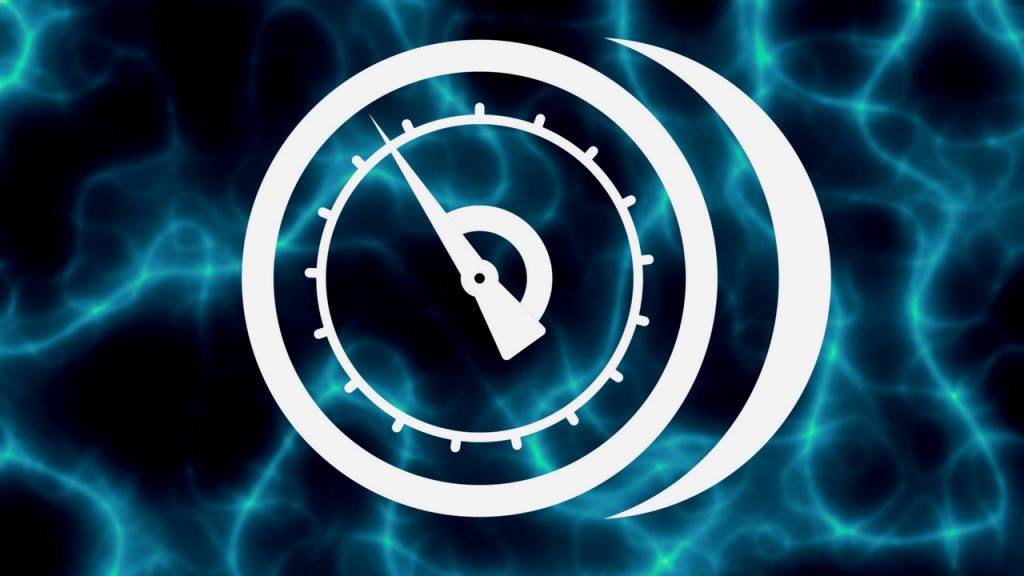Basic Electrical Theory

In this episode of HVAC School, Bryan talks to his sons about basic electrical theory.
Electrical theory normally requires trigonometry, calculus, and all of those fun maths. However, the basics are so easy that a 12 and 14-year old can figure it out. Electrical theory follows many of the same principles as thermodynamics—however, electrical theory concerns charges rather than heat. Conductors and insulators behave similarly with electrical charges as they do with heat.
Ohm's and Watt's laws establish what volts, amps, power, and resistance, and they explain the relationships between those units. However, magnetism can add a bit of confusion to those equations. We drive motors with inductive loads, making Ohm's law seem invalid, but the magnetism resists itself, which goes unnoticed on ohmmeters. That is untrue of DC motors, and Ohm's and Watt's laws will appear to check out under most circumstances.
An electrical component can fall into three main functional categories: power source, switch, or load. If something doesn't fall into one of those categories, it merely adds resistance. The power source could be a transformer, which provides homes with power from the power company (and goes from a higher voltage to a lower one that our appliances can use). A switch opens/closes or rewires an electrical path, and a load is what does the work.
That's the short of it, but it's still pretty easy.
Join Bryan and his sons as they talk about:
- Differential charges
- Electromotive force
- Ohm's law
- Volts, Ohms, Amps, and Watts
- Electrical paths
- Conductors and insulators
- Resistive and inductive loads
And much more…
As always, if you have an iPhone, subscribe HERE, and if you have an Android phone, subscribe HERE.
Check out our handy calculators HERE.
Author:









Comments
This is wonderful. It should be taught in ALL schools!
This is wonderful. It should be taught in ALL schools!
To leave a comment, you need to log in.
Log In